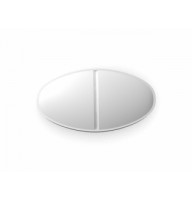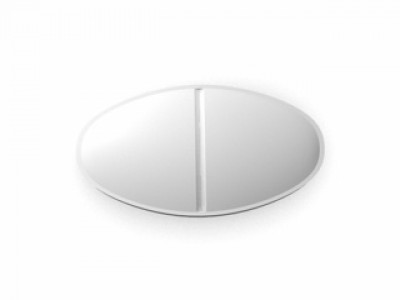Uniphyl CR (Theophylline) is a crucial medication for many individuals managing chronic respiratory conditions such as asthma and chronic obstructive pulmonary disease (COPD). Theophylline works by relaxing the muscles in the lungs and decreasing the lung's response to irritants, making it easier to breathe. This medication helps prevent and control symptoms such as wheezing, shortness of breath, and chest tightness, which are common in these conditions. Maintaining proper therapeutic levels of theophylline in the blood is essential for its effectiveness and safety. Patients need to adhere strictly to their prescribed dosage and schedule, as both too little and too much theophylline can lead to serious health issues. Under-treatment can result in poor control of asthma or COPD symptoms, leading to exacerbations and hospitalizations, while over-treatment can cause theophylline toxicity, characterized by symptoms such as nausea, vomiting, rapid heart rate, and even seizures.
The health benefits of Uniphyl CR extend beyond mere symptom control. By ensuring better management of asthma and COPD, this medication can significantly improve a patient’s quality of life. Individuals using theophylline are often able to engage more fully in daily activities and experience fewer disruptions due to respiratory issues. However, like all medications, Uniphyl CR must be used with caution. Regular monitoring of blood levels, particularly in the initial stages of treatment, is recommended to avoid adverse effects. Additionally, patients should inform their healthcare providers about all other medications they are taking, as theophylline can interact with a variety of drugs, potentially altering its effectiveness or increasing the risk of side effects. Lifestyle factors such as diet, smoking, and alcohol consumption can also impact theophylline levels and should be discussed with a healthcare provider.
Overall, while Uniphyl CR is an effective component in the management of chronic respiratory diseases, its use requires careful oversight to maximize benefits and minimize risks. Patients must work closely with their healthcare providers to monitor their condition and adjust their treatment plan as necessary, ensuring the best possible health outcomes.

